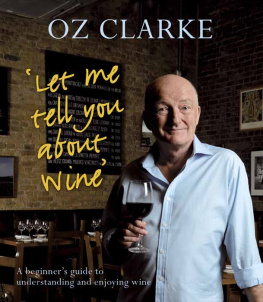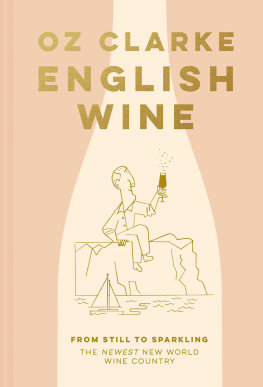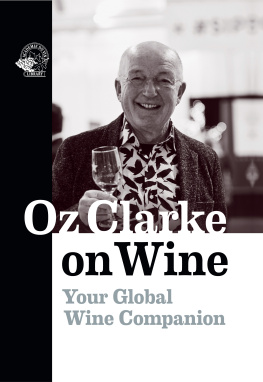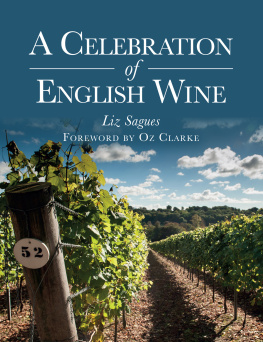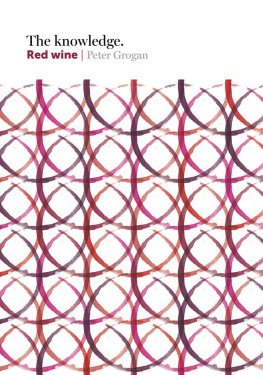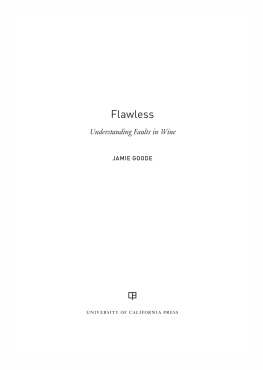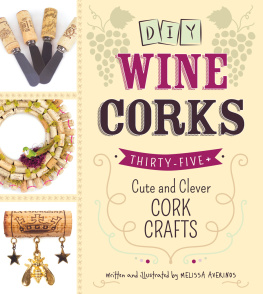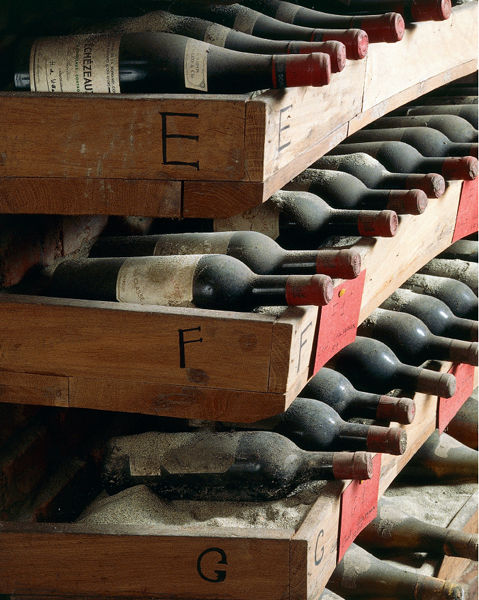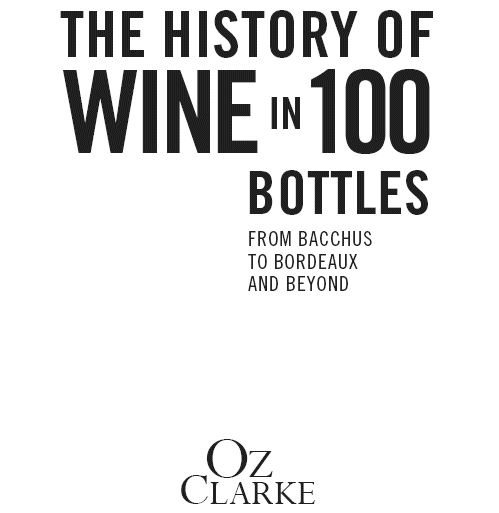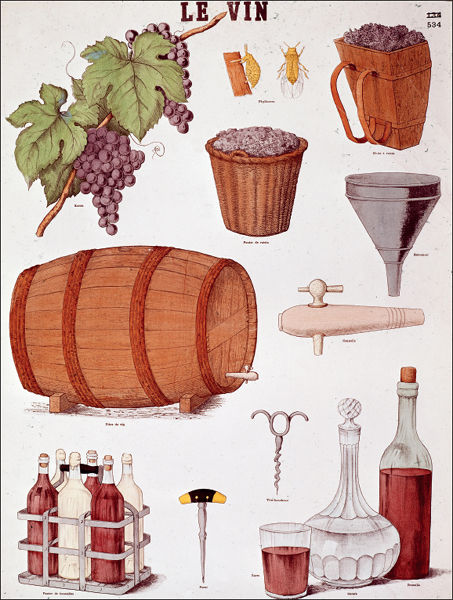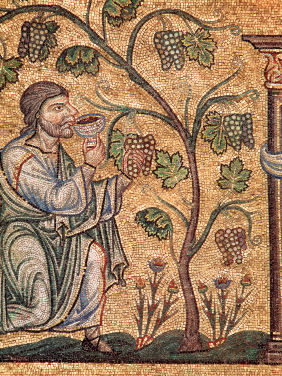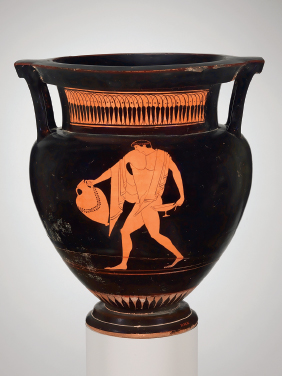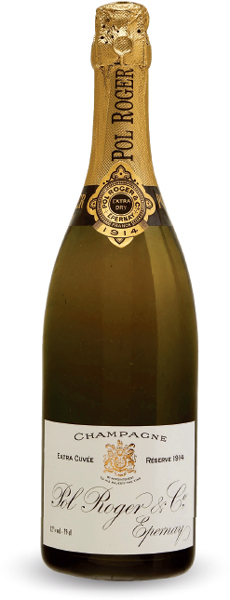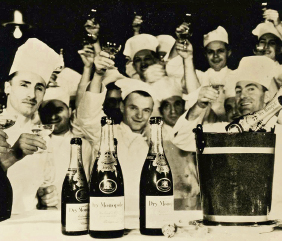Oz Clarke - The History of Wine in 100 Bottles : From Bacchus to Bordeaux and Beyond
Here you can read online Oz Clarke - The History of Wine in 100 Bottles : From Bacchus to Bordeaux and Beyond full text of the book (entire story) in english for free. Download pdf and epub, get meaning, cover and reviews about this ebook. City: New York, year: 2015, publisher: Pavilion Books, genre: Religion. Description of the work, (preface) as well as reviews are available. Best literature library LitArk.com created for fans of good reading and offers a wide selection of genres:
Romance novel
Science fiction
Adventure
Detective
Science
History
Home and family
Prose
Art
Politics
Computer
Non-fiction
Religion
Business
Children
Humor
Choose a favorite category and find really read worthwhile books. Enjoy immersion in the world of imagination, feel the emotions of the characters or learn something new for yourself, make an fascinating discovery.
The History of Wine in 100 Bottles : From Bacchus to Bordeaux and Beyond: summary, description and annotation
We offer to read an annotation, description, summary or preface (depends on what the author of the book "The History of Wine in 100 Bottles : From Bacchus to Bordeaux and Beyond" wrote himself). If you haven't found the necessary information about the book — write in the comments, we will try to find it.
1681 - Corkscrews1685 - Constantia; 1690s - Dom Perignon; 1716 - Chianti; 1727 - Rudesheimer Apostelwein; 1740s - Airtight Corks; 1740s - The Modern Wine Bottle; 1740s - Decanters; 1756 - Delimitation of the Douro; 1775 - Schloss Johannisbergs Spatlese Wine; Early 1800s - Bottle Shapes; 1801 - Chaptals Traite; 1840s - Doctors & Germans; 1843 - Barolo; 1845 - Hock; mid-1800s - Large-format Bottles; 1855 - Bordeaux Classification; 1855-1870s - The Concept of Chateau; 1857 - Agoston Haraszthys Buena Vista Winery; 1860 - Wine Labels; 1860 - Murrieta & Riscal; 1860 - Louis Pasteur.
1863 - Phylloxera1889 - Champagne Marketing; 1914-1915 - Champagne - The Blood Vintages; 1915 - Vega Sicilia; 1920-1933 - Prohibition; 1924 - Mouton Rothschild - Chateau Bottling; 1931 - Quinta do Noval Nacional; 1935 - Appellation Controlee; 1935 - Prestige Cuvees; 1936 - Beaulieu Cabernet Sauvignon; 1942 - Mateus; 1945 - Nazi Wine; 1949 - Emile Peynaud; 1951 - Grange Hermitage; 1952 - Barca Velha; 1950s-1960s - The Bordeaux Effect; 1960 - J. Bollinger v. Costa Brava Wine Company; 1961 - Konstantin Frank; 1963 - A Future without Glass; 1963 - Torres Vina Sol; 1964 - Gallo Hearty Burgundy.
1965 - Bag-in-Box1966 - Michael Broadbent at Christies; 1966 - Robert Mondavi & the Rebirth of Napa; 1967 - Washington State; 1968 - Italy Breaks the Mould; 1960s-1970s - The Burgundy Effect; 1970s - Retsina; 1970s - Wine Brands; 1971 - German Wine Classifications; 1974 - Beaujolais Nouveau; 1975 - Eyrie Vineyards Pinot Noir; 1975 - White Zinfandel; 1976 - Barboursville Cabernet Sauvignon; 1976 - Judgment of Paris; 1978 - Parker Points; 1979 - Opus One; 1980s - Varietal Labelling; 1982 - The 1982 Vintage in Bordeaux; 1983 - Montana Marlborough Sauvignon Blanc; 1985 - Most Expensive Bottle.
1987 - Central Otago - Furthest South1987 - Flying Winemakers; 1980s-1990s - International Consultants; 1990s - Cabernet Conquers the World; 1990 - Royal Tokaji; 1991 - Rise of the Garagistes; 1991 - Canadian Icewine; 1993 - Synthetic Corks; 1994 - Catena Malbec; 1998 - Nyetimber; 2000s - Most Northerly Vineyards; 2000s - Natural Wine; 2000 - Screw Caps; 2001 - Zinfandel; 2004 - The Berlin Tasting; 2006 - Highest Vineyard; 2010 - Extreme Atacama; 2011 - China; 2014 - Fraud - Rudy Kurniawan; Acknowledgements; Index; About the Author; Copyright. Read more...
Abstract: Cover; Title; Contents; Introduction; 6000 BC - Where Did It All Start?; c. 2350 BC - Wine in Legend and Myth; 2000-146 BC - Greece; 1480-1300 BC - Egypt; 800-300 BC - Phoenicia; 300 BC-AD 200 - Rome; AD 77-79 - Resin and All That; AD 79 - Pompeii; AD 100 - Rome Passing the Baton; 1100s-1200s - Monasteries - Clos de Vougeot; 1154-1453 - The Birth of Claret; 1540 - Steinwein; 1571 - Tokaji; 1587 - Sherry (Sack); 1632 - The New English Glass Bottle; 1662 - Christopher Merret and the Invention of Sparkling Wine; 1663 - Chateau Haut-Brion; 1660s-1700s - Madeira and the New World.
1681 - Corkscrews1685 - Constantia; 1690s - Dom Perignon; 1716 - Chianti; 1727 - Rudesheimer Apostelwein; 1740s - Airtight Corks; 1740s - The Modern Wine Bottle; 1740s - Decanters; 1756 - Delimitation of the Douro; 1775 - Schloss Johannisbergs Spatlese Wine; Early 1800s - Bottle Shapes; 1801 - Chaptals Traite; 1840s - Doctors & Germans; 1843 - Barolo; 1845 - Hock; mid-1800s - Large-format Bottles; 1855 - Bordeaux Classification; 1855-1870s - The Concept of Chateau; 1857 - Agoston Haraszthys Buena Vista Winery; 1860 - Wine Labels; 1860 - Murrieta & Riscal; 1860 - Louis Pasteur.
1863 - Phylloxera1889 - Champagne Marketing; 1914-1915 - Champagne - The Blood Vintages; 1915 - Vega Sicilia; 1920-1933 - Prohibition; 1924 - Mouton Rothschild - Chateau Bottling; 1931 - Quinta do Noval Nacional; 1935 - Appellation Controlee; 1935 - Prestige Cuvees; 1936 - Beaulieu Cabernet Sauvignon; 1942 - Mateus; 1945 - Nazi Wine; 1949 - Emile Peynaud; 1951 - Grange Hermitage; 1952 - Barca Velha; 1950s-1960s - The Bordeaux Effect; 1960 - J. Bollinger v. Costa Brava Wine Company; 1961 - Konstantin Frank; 1963 - A Future without Glass; 1963 - Torres Vina Sol; 1964 - Gallo Hearty Burgundy.
1965 - Bag-in-Box1966 - Michael Broadbent at Christies; 1966 - Robert Mondavi & the Rebirth of Napa; 1967 - Washington State; 1968 - Italy Breaks the Mould; 1960s-1970s - The Burgundy Effect; 1970s - Retsina; 1970s - Wine Brands; 1971 - German Wine Classifications; 1974 - Beaujolais Nouveau; 1975 - Eyrie Vineyards Pinot Noir; 1975 - White Zinfandel; 1976 - Barboursville Cabernet Sauvignon; 1976 - Judgment of Paris; 1978 - Parker Points; 1979 - Opus One; 1980s - Varietal Labelling; 1982 - The 1982 Vintage in Bordeaux; 1983 - Montana Marlborough Sauvignon Blanc; 1985 - Most Expensive Bottle.
1987 - Central Otago - Furthest South1987 - Flying Winemakers; 1980s-1990s - International Consultants; 1990s - Cabernet Conquers the World; 1990 - Royal Tokaji; 1991 - Rise of the Garagistes; 1991 - Canadian Icewine; 1993 - Synthetic Corks; 1994 - Catena Malbec; 1998 - Nyetimber; 2000s - Most Northerly Vineyards; 2000s - Natural Wine; 2000 - Screw Caps; 2001 - Zinfandel; 2004 - The Berlin Tasting; 2006 - Highest Vineyard; 2010 - Extreme Atacama; 2011 - China; 2014 - Fraud - Rudy Kurniawan; Acknowledgements; Index; About the Author; Copyright
Oz Clarke: author's other books
Who wrote The History of Wine in 100 Bottles : From Bacchus to Bordeaux and Beyond? Find out the surname, the name of the author of the book and a list of all author's works by series.


